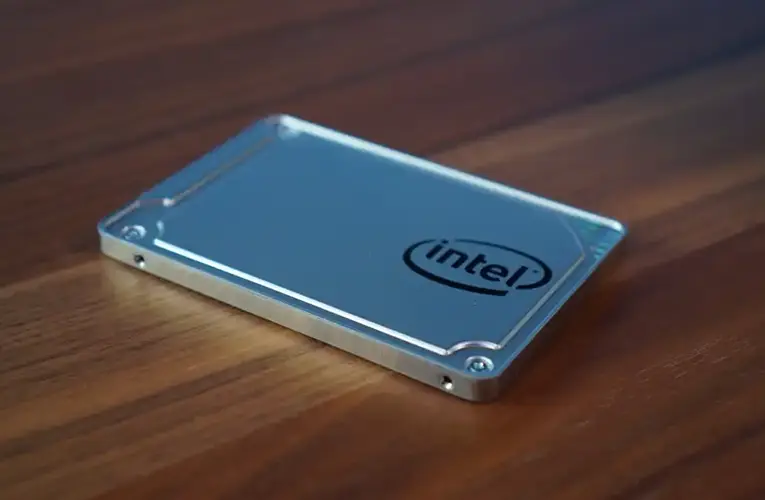Find Your Perfect Data Recovery Solution: Explore Top Options Here
Data loss can be a heart-stopping experience. Whether it’s accidentally deleted photos, corrupted documents, or a malfunctioning hard drive, the potential loss of precious memories or crucial work files can be incredibly stressful. But fear not! This comprehensive guide empowers you to navigate the world of data recovery solutions, helping you retrieve your lost data and restore peace of mind.
Understanding Data Loss: Types and Causes
Before diving into recovery solutions, it’s crucial to understand the different types of data loss and their potential causes:
- Accidental Deletion: This is the most common scenario, where you unintentionally delete files or format a storage device.
- Formatting Errors: Formatting issues can render data inaccessible, even though it might still exist on the storage device.
- Hardware Failure: Physical damage to a storage device, such as a hard drive crash or a failing SSD, can lead to data loss.
- Software Corruption: Corrupted software can sometimes cause data to become inaccessible.
- Virus or Malware Attack: Viruses and malware can corrupt or delete data as part of their malicious activity.
Assessing the Damage: Evaluating Your Data Loss Situation
The appropriate data recovery solution depends on the severity of the data loss and the type of storage device affected. Here are some key factors to consider:
- Severity of Data Loss: Have you lost a single file or an entire partition? Understanding the extent of data loss helps determine the recovery approach.
- Storage Device Type: Was the data lost from a hard disk drive (HDD), solid-state drive (SSD), USB flash drive, memory card, or another device? Different recovery techniques may be needed for each type of storage media.
- DIY vs. Professional Recovery: For simple data loss scenarios, DIY software solutions might suffice. For complex situations or critical data, professional data recovery services are recommended.
DIY Data Recovery: Tools and Techniques for the Savvy User
If you’re comfortable with technology and the data loss isn’t severe, attempting DIY data recovery can be a cost-effective option. Here are some popular tools and techniques to explore:
- Data Recovery Software: Numerous data recovery software programs are available, offering user-friendly interfaces to scan storage devices and recover lost files. Examples include Recuva, Disk Drill, and EaseUS Data Recovery Wizard.
- Undelete Utilities: Your operating system might have built-in undelete utilities that allow you to recover recently deleted files from the recycle bin or trash folder.
- System Restore: System restore functionality on your computer can revert your system to a previous point in time, potentially recovering lost data overwritten by new files.
Important Note: When attempting DIY data recovery, avoid further writing to the affected storage device. This can overwrite lost data and significantly reduce the chances of successful recovery.
Professional Data Recovery Services: When DIY Isn’t Enough
For complex data loss scenarios, critical data recovery needs, or situations where DIY methods fail, professional data recovery services are the best course of action. Here’s why:
- Advanced Tools and Techniques: Professional data recovery companies utilize specialized tools and techniques beyond the capabilities of DIY software. This includes advanced data recovery software, data carving techniques, and proprietary methods for recovering data from physically damaged storage devices.
- Expertise and Experience: Data recovery professionals possess the knowledge and experience to diagnose the cause of data loss and implement the most suitable recovery strategy.
- High Success Rates: Professional data recovery services offer a higher success rate for complex data loss scenarios compared to DIY methods.
- Clean Room Environments: Data recovery companies often work in clean room environments to minimize dust and contamination risks during the recovery process, particularly for physically damaged storage devices.
Choosing the Right Data Recovery Service: A Guide for Success
Selecting a reputable data recovery service is crucial. Here are some key factors to consider:
- Experience and Expertise: Look for companies with a proven track record of success in recovering data from your specific type of storage device and data loss scenario.
- Success Rates: Research the company’s success rates for various data loss situations to gauge their capabilities.
- Pricing and Transparency: Inquire about upfront costs, diagnostic fees, and potential success-based fees. Ensure the pricing structure is transparent and aligns with your budget.
- Data Security: Choose a service provider that prioritizes data security and employs robust security measures to protect your sensitive information.
- Customer Reviews and Testimonials: Read online reviews and testimonials from past clients to get a sense of the company’s reputation and customer service.










